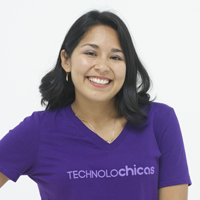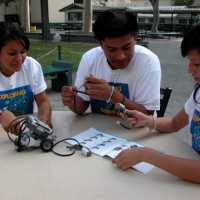
Expanding the Pipeline: LAtINiTY: Empowering Latin American Women in Technology
The Latinas in Computing (LiC) community was established with the help of The Anita Borg Institute for Women in Technology (ABI) at the 2006 Grace Hopper Celebration of Women in Computing (GHC). Recognizing the status of Latinas as a double minority in North America, this community defines and implements strategies to improve the participation of the current and next generations of Latinas in technology. These dual strategies complement the work done by the Coalition to Diversify Computing (CDC) that focused on the recruitment and retention of minority students in computing-based fields in North America, and the work done by the Computing Research Association’s Committee on the Status of Women in Computing Research (CRA-W) to grow the research pipeline of women in computing. National Science Foundation (NSF) data shows Hispanic or Latino enrollment increased from 7.2% in 2002 to 9.9% in 2012, but the hiring of underrepresented minorities seems to be “stuck in neutral.”
















